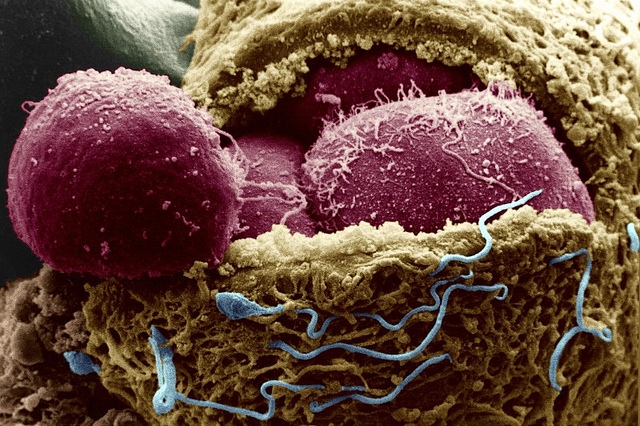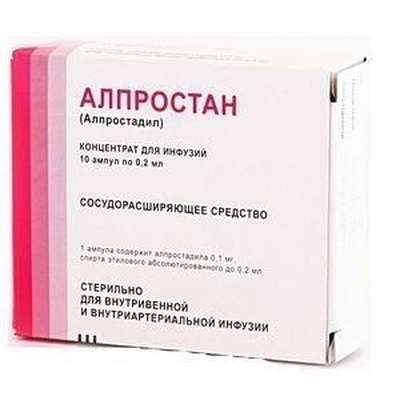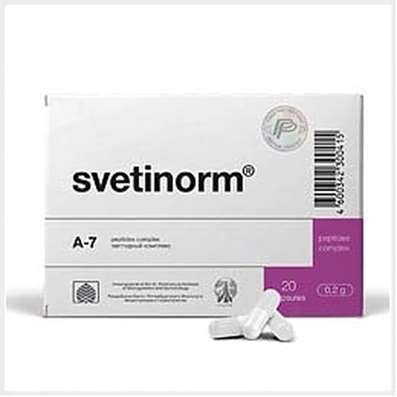FAQ: Embryonic stem cells
05 Nov 2016
7 facts about the unique type of pluripotent mammalian cells
Embryonic stem cells and tissue stem cells - are two different things, and it should be well understood. Tissue stem cells are in a very large amount of the body tissue. They are responsible for what we have updated the skin, hematopoietic stem cells are found in the bone marrow makes blood. Recently we discovered neural stem cells.

- 1. All these cells are a kind of common property with embryonic stem cells - they are all at some stage of underdevelopment. They are not differentiated. Embryonic cells are at the bottom of the pyramid, and tissue stem cells are already higher, so they are called "multipotent," meaning they have the potential to ensure that turn into different cells of the body typically within a single tissue. Therefore, they should not be confused with each other. The rest of the properties of these cells, too, are quite different.
- 2. Embryonic stem cells are derived from human 5-day embryo. In other words, it is an embryo, which, in fact, is several hundred cells. This blastocyst - a ball filled with embryonic stem cells. They can be isolated in culture, they grow well, they divide almost indefinitely. For the first time for a man they have identified more than 14 years ago and the line, which are then identified so far cultivated the laboratory and they do not change their properties. It turns out that we can artificially support these embryonic cells in "limbo" state, in a state in which they are found in the embryo.
- 3. They have, in contrast to the tissue stem cell self-renewal in addition to immortality and there is a lovely property - these are the cells from which the entire body is built. That is, they can differentiate into any cell of the adult organism. This property is called pluripotency. This is a very important property. There are tests for pluripotency. For example, we can make the proper cells from mouse mouse, typing them into mouse blastocysts. That is, the mouse can be made entirely created from the cells which were cultured in the laboratory. It is clear that we can not make a man, so only test a similar mouse, when we introduce these human embryonic stem cells subcutaneously immunodeficient mice, that is, one that does not have an immune response. Often at the point of entry of these cells obtained tratoma - a benign tumor, it usually consists of tissues belonging to the three germ layers. This suggests that in vivo, that is live and not only in vitro, human embryonic stem cells can differentiate into all tissue diversity. Perhaps it is connected with it all the fears about the fact that they are similar to the cancer cells because they can divide and form an infinite tratoma into immunodeficient mice. But, in fact, cancer cells are very different. And cancer cells - it is broken some cells that have broken and self-maintenance mechanism of transformation in that whatsoever. At the same embryonic stem cells that grow in a culture nothing is broken. We support them in the same condition in which they are found in nature, so we can control them.
- 4. The control cell fate involved thousands of scientists, because this area offers great opportunities when we can take embryonic stem cells and artificial way to make them the heart, lung, liver, anything. Firstly, it is very interesting, because biologists ESC it is the Lego, they can pass the path of differentiation, and they can be used to trace the path of development and the way to becoming one fabric to another. Secondly, if we want to test how drugs affect embryonic cells or into different paths of development, we can do this in vitro initially, which is also very convenient. Plus we can make in these embryonic cells some mutation, for example knockouts, that is off some genes that are important, for example, embryonic development, and watching what happens. If we are talking about a mouse embryonic stem cells, we can even observe the phenotype, that is manifested as the inclusion of certain genes at different stages of development. To improve quality of life and increase you immunity buy Complex of cytamins for the immune system, Metaprot, Peptides (Cytogens) Kristagen.
- 5. Embryonic stem cells are taken from embryos remaining after IVF procedures. Usually they do a small amount, some of which is transferred into the womb, some not. The part that is not transferred into the womb, with the permission of patients, the parents give to the needs of the laboratory. And there is nothing, in my opinion, flayer, because it is a five-day embryos, blastocyst is a few hundred cells in which there is no division or the nervous system, or whatever it may be. And as we already know from practice, the mainstream is cells that can turn anything you want. However, it may not happen, because nobody knows this particular embryo develops or not.
- 6. Now embryonic stem cells into practice, except in biomedicine any basic things are used as a universal supplier any variety of tissues. And, given that we can do more differentiated derivatives and learned to make them in pretty large quantities, you can try to do some kind of tissue replacement therapy. That is certain to grow tissue that will get accustomed to the site of injury. Now, there are several clinical tests (carried out on the derivatives of embryonic stem cells), and one of the most promising tests - it tests oligodendrocytes that are derived from embryonic stem cells. These oligodendrocytes, is embryonic stem cells that are running in the direction of neuronal development, but it is not the final leg. They can still develop further. Test The idea is that when there is a certain nervous system injury when neurons are recovered, they can not recover the myelin sheath around them, and the signals are not without it. And oligodendrocytes - these are cells which produce the myelin sheath. Now clinical trials are conducted by only 10-20 patients, because the main issue in these tests now is safe or not these cells. Today, there are still fears about what they are getting into a living organism will behave unpredictably. It is now made successful tests in rats and monkeys. And patients in which these tests are done, it's a pretty strong group of patients who have had a spinal injury, during the week before the cells are transferred into the womb to them. It is assumed that at such an early stage of traumatic recovery just these oligodendrocytes help the patient to recover and restore its connection to the spinal cord. Studies in rats and monkeys it turns out.
- 7. Another branch, on which are in clinical trials, is to obtain pigment epithelium cells from embryonic stem cells. Pigment epithelium - a retina and connected with it a lot of diseases of both genetic and just senile. For example, degeneration of the retina - the thinning of the retina, when people gradually stop seeing. Today we are able to do quite effectively from embryonic stem cells of the pigment epithelium cells. Scientists are trying to implanting the cells of the retina pigment epithelium dystrophy patients. Eye - a very convenient model for the control of graft survival.
Preliminary tests show that everything is going well, and patients receive their sight, literally. But this preliminary study. And while this practice is not left not what the clinic, but also in any more serious patients. Therefore, it is too early to talk about general clinical use of these cells. But, nevertheless, it is clear that this can be done. So before the era of stem cell clinics still very far away. All experiments with embryonic stem cells derived hampered by the fact that it's still a cage of another person. Immunologically they are, as well as transplant organs, are incompatible with the patient. This is the biggest problem with the use of derivatives transplantation of embryonic stem cells.

 Cart
Cart





